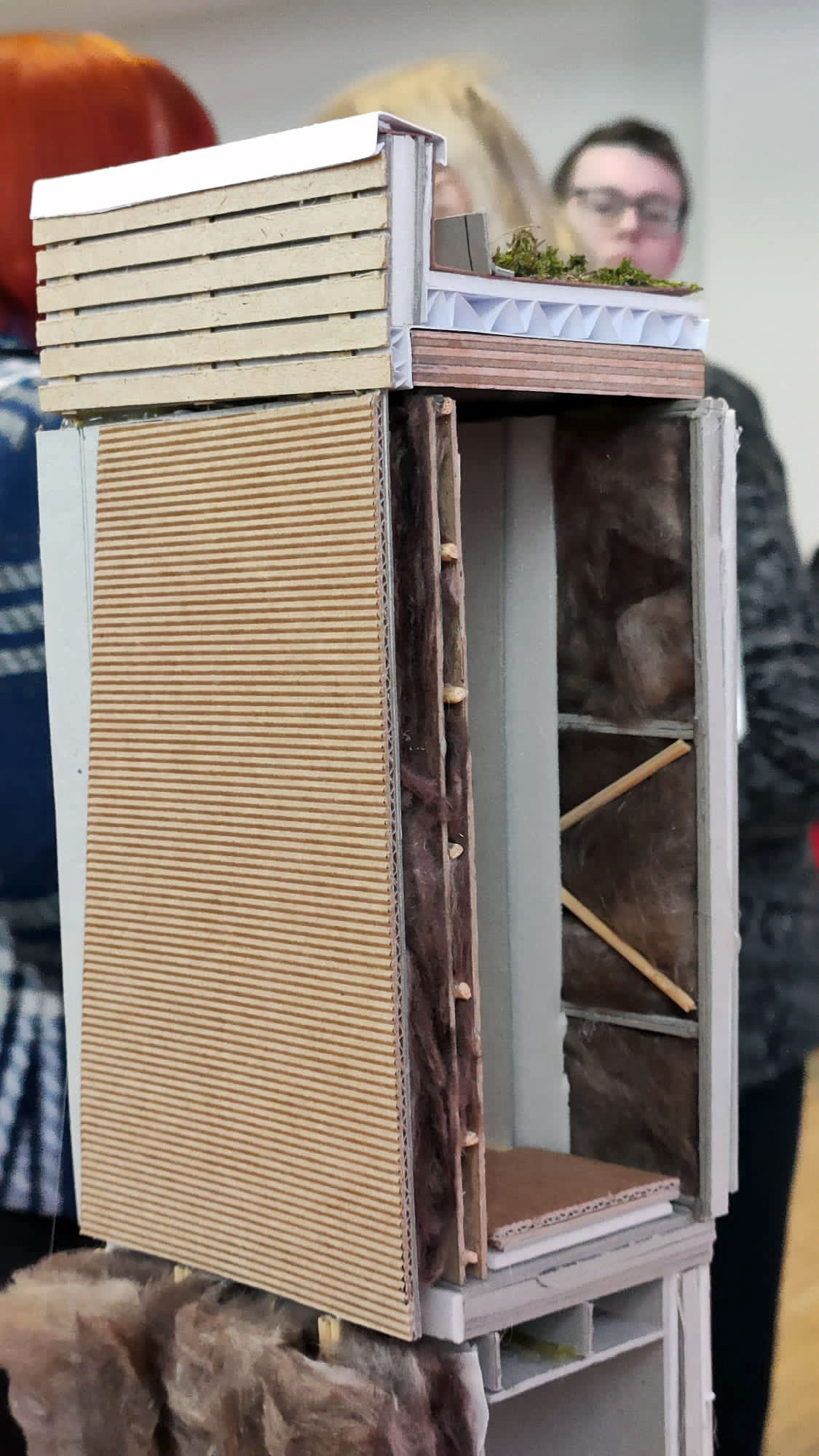Course 4 - Building Site Management and Building Process with Timber

Introduction
This course focuses on the management aspects of timber construction
projects, covering the entire construction process from mapping and correlation
of parameters to logistics, cost estimation, digital processes, and
sustainability considerations. Participants will learn about the installation
chronology of load-bearing construction elements on the building site, moisture
management, cost estimation for building life cycle assessment, BCF (Building
Information Modeling, Construction, Facility Management) workflows, logistics,
and best-practice examples of large-scale international timber projects. The
course also emphasizes the importance of sustainability concepts, including
recyclability and dismantling strategies with timber.
Learning objectives:
By the end of the course, the students will be able to:
- Map the timber construction process, understand its stages, and identify the key parameters that impact the project's success.
- Understand the installation chronology of load-bearing construction elements on the building site and ensure proper sequencing for a smooth construction workflow.
- Estimate costs for building life cycle assessment, considering dimensions, transport, montage, logistics, and the overall economic viability of timber construction projects.
- Understand sustainability concepts related to timber construction, including recyclability and dismantling strategies, and integrate them into project planning and execution.
- Understand the management of timber construction projects, while considering environmental, economic, and logistical factors.
1. Mapping the timber construction process
Mapping the timber construction process involves outlining the step-by-step journey from project conception to the completed timber-based building. It starts with conceptualizing the design, considering architectural vision, and choosing timber as the primary building material. Structural analysis and engineering are then conducted to determine load requirements and select the appropriate timber structural system. Detailed design plans and 3D BIM models are created to specify dimensions, materials, and connections. Timber procurement involves sourcing the required timber materials, considering factors like species and sustainability. Onsite construction commences with the assembly of timber components, followed by finishing and installation of interior elements. Throughout the process, quality control measures are implemented, and building authorities may conduct tests and inspections for compliance. Once complete, the timber structure is handed over for occupancy, and maintenance practices ensure its longevity and sustainability.